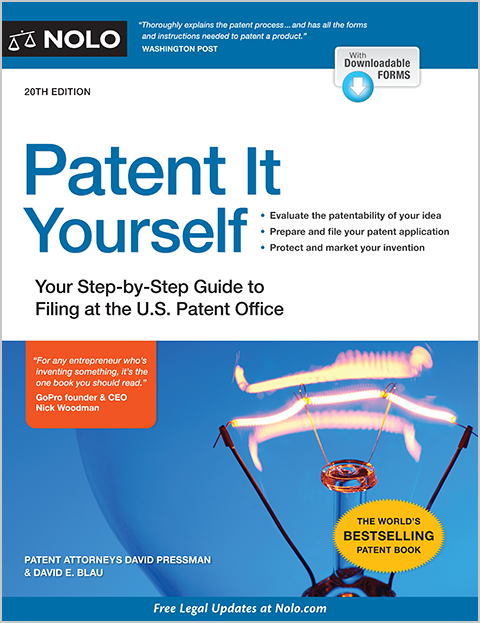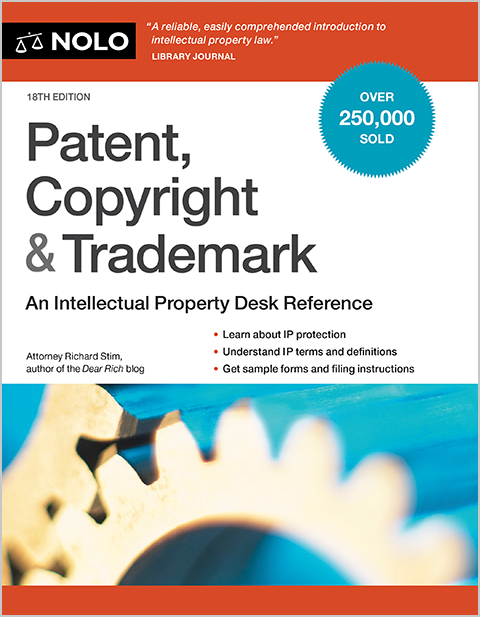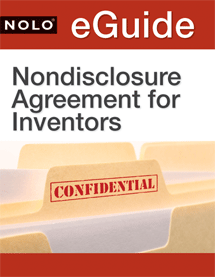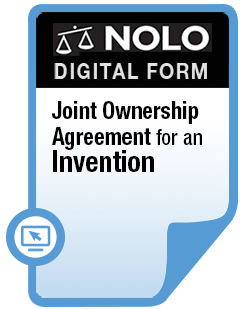Here's how to obtain permission to use samples in your music.
If you plan to use samples of other artists' work in your musical compositions, you may need to get permission in order to avoid legal trouble. Unfortunately, getting permission is not always easy. Here are some ways an independent artist can obtain sample clearance.
Remember, before embarking on this project, that you do not always need permission to use samples. To determine whether you need permission, see When You Need Permission to Sample Others' Music. Often, the copyright has expired or was never renewed, in which case there is no need to even consider obtaining permission, since the music is now in the public domain.
Find the Copyright Owners
When you do need permission to sample, the first step is to find the copyright owner. The process of getting permission from the owners of the sampled music is referred to as "sample clearance." When you sample music from a pop recording, you need two clearances:
- the first from the copyright owner of the song, usually a music publisher, and
- the second from the copyright owner of the master recordings, usually a record company.
The first step in obtaining permission is to locate the copyright owner(s) of both the song and the master recording. Start with the publisher, as that is usually the easiest one to find.
How to Find the Music Publisher
The best way to locate a publisher is through performing rights organizations, such as Broadcast Music Incorporated (BMI) or the American Society of Composers, Authors, and Publishers (ASCAP). These groups collect money for radio, TV, and other public performances of songs. In Canada, the performing rights organization is the Society of Composers, Authors, and Music Publishers of Canada (SOCAN).
- Locate the key information on the Internet by visiting the performing rights society websites and determining which organization controls rights for the source song. You may also find help at the Harry Fox website at www.harryfox.com, which is a leading provider of rights management, licensing, and royalty services for the music industry.
- Use BMI's searchable database to find the source song.
- If you cannot locate the song online, phone the performing rights organizations and ask for the "song indexing" department.
Once you discover the publisher of the source music, contact it and ask if it will grant clearance for the source music. Many publishers, unfortunately, have a policy not to grant permission for sampling.
How to Find the Master Owner
Locating master owners may prove troublesome. Record companies often fold or sell their copyrights to other companies. In addition, sometimes rights in masters revert to the original artists after a number of years. In that case, you may have to use the assistance of a clearance expert or sampling consultant.
Here are some ways to find the owner of the master recording:
- Ask the publisher. Music publishers almost always keep records of the master owner, since they would have had many dealings with those owners during the course of the original production.
- Find the record company that currently releases the music. To find this company, check online record stores, as well as the directory at your local record shop.
- Use a clearance expert. For an hourly fee, sampling consultants will guide you through the clearance process, reviewing your use of samples and advising you of the expected budget and potential problems. Consultants can save you time and money because they're familiar with the procedures, costs, and key people who license rights at the major music publishing and record companies.
What to Do If You Cannot Obtain Sample Clearance
Sometimes, all fails and you cannot find the master owner of the music, or it will not provide clearance to use the sample. Here are some alternatives to getting sample clearance.
Recreate the sample. Some artists avoid paying part of the sample clearance fee by rerecording the sampled section. You still need permission from the music publisher, but not from the owner of the master recording. How does this work? Let's say you want to use a six-second sample from "Green Onions." Instead of sampling the original recording, you play the parts yourself and rerecord the music to sound exactly like the original. In that case you have not infringed the master recording. Due to a quirk in copyright law, you can infringe a master recording only if you actually copy it, not if you imitate it. You do not need permission from the master owner.
Turn your attention to finding sample-friendly copyright owners. Some copyright owners are happy to clear samples, so much so that they encourage the process. Seek these out. For example, copyright owners of songs by the Average White Band and the Gap Band pro-actively seek to promote their music for sampling. Tommy Boy Records also makes it easy to acquire clearances.
Contact the artist or songwriter directly. If you run into problems with a music publisher or owner of a master, you may have better luck contacting the artist directly. This works if the artist still has some say or control in what gets cleared.
For example, Shirley Manson of Garbage wanted to use the line, "You're the talk of the town," at the end of a song. Lawyers for the band ordered her to drop it, but Shirley called up Chrissie Hynde, who sent the following letter to Garbage's attorneys: "I, Chrissie Hynde, hereby allow the rock band Garbage to sample my songs, my words, and indeed my very ass."
For step-by-step directions on how to get sample clearance, and comprehensive information on many issues facing your band, read Rich Stim's Music Law: How to Run Your Band's Business (Nolo).
Talk to a Lawyer
Need a lawyer? Start here.
How it Works
- Briefly tell us about your case
- Provide your contact information
- Choose attorneys to contact you
- Briefly tell us about your case
- Provide your contact information
- Choose attorneys to contact you



